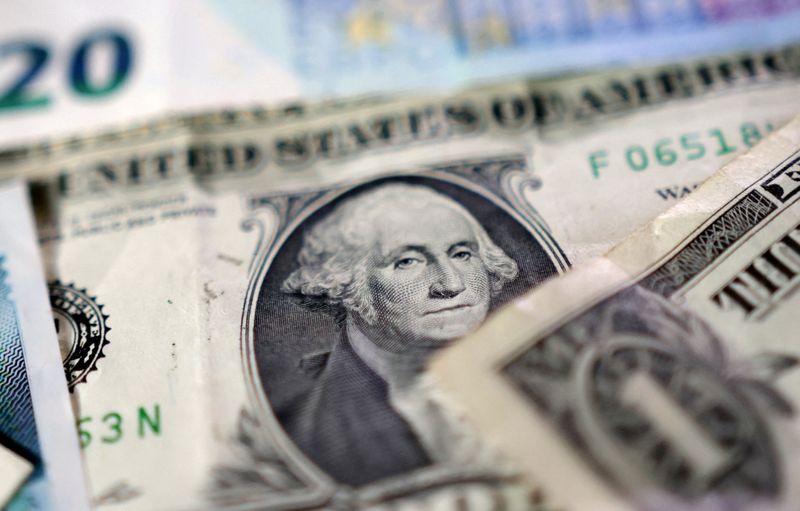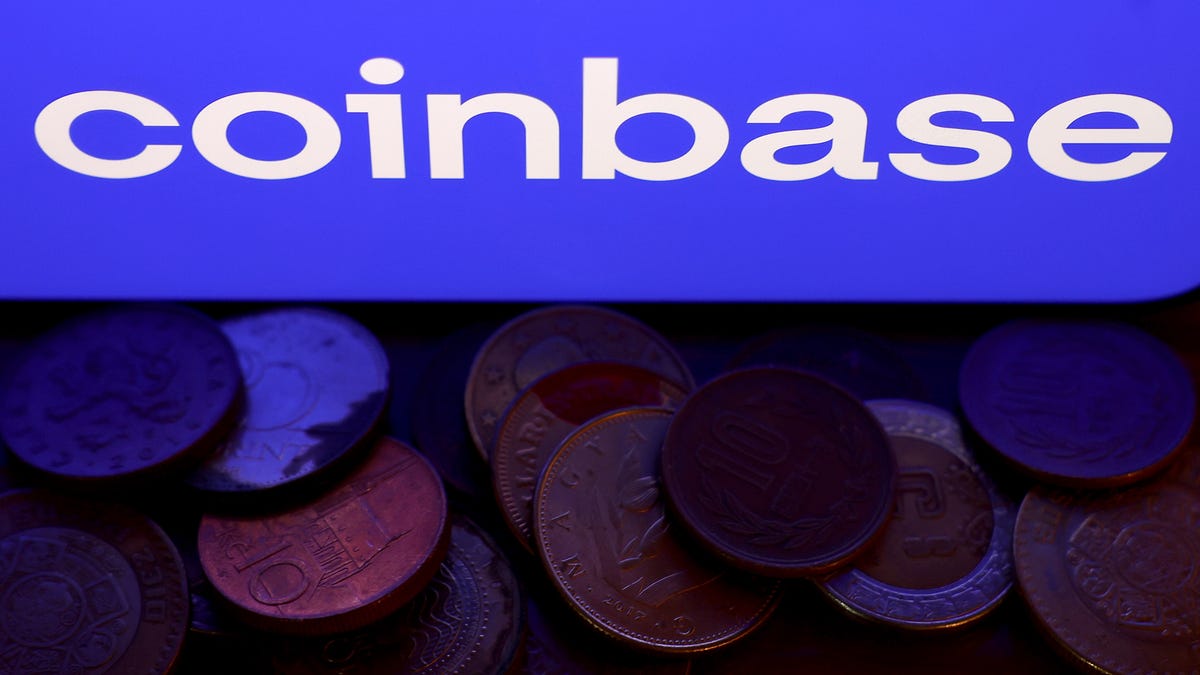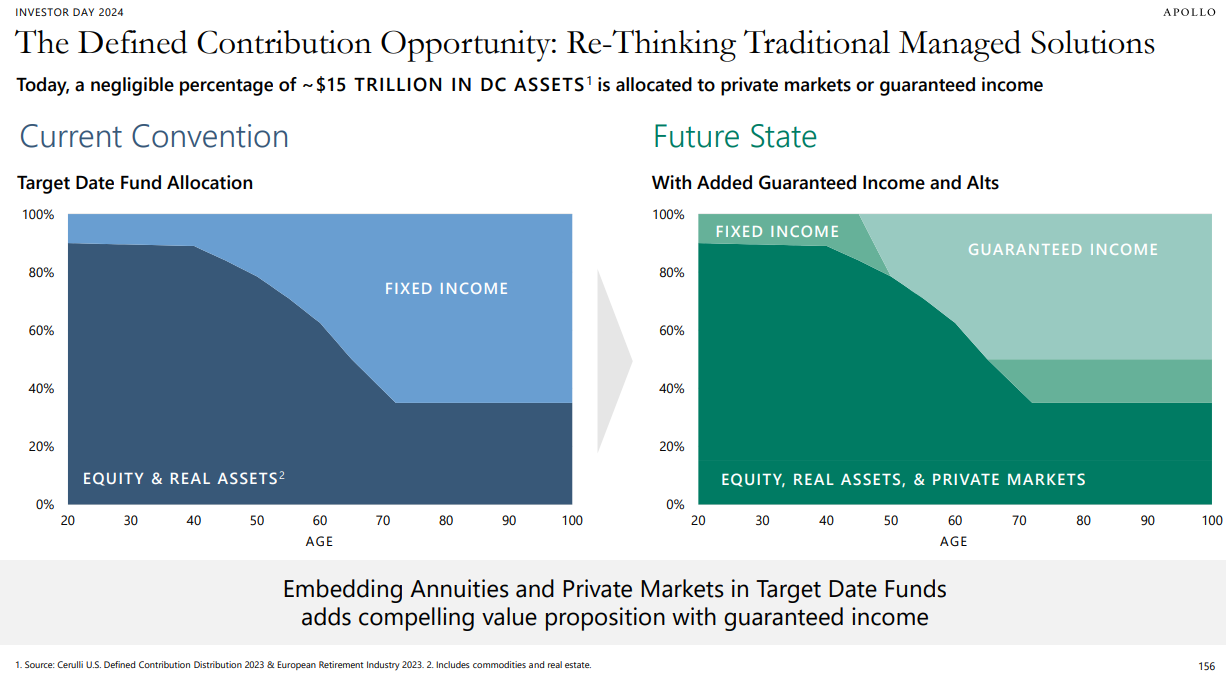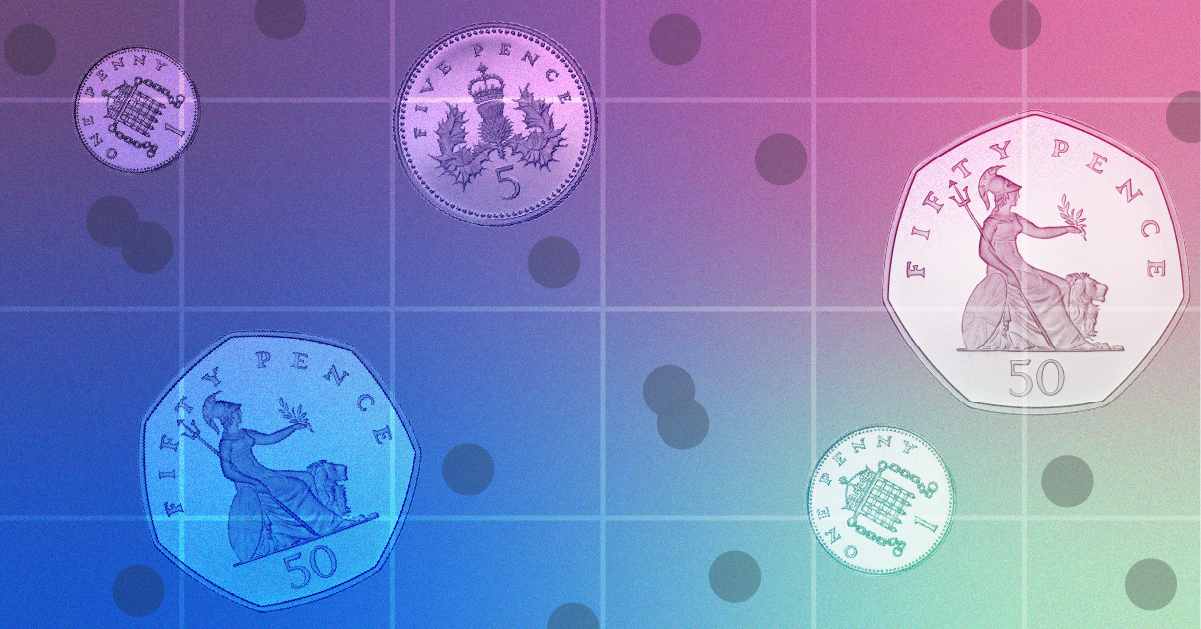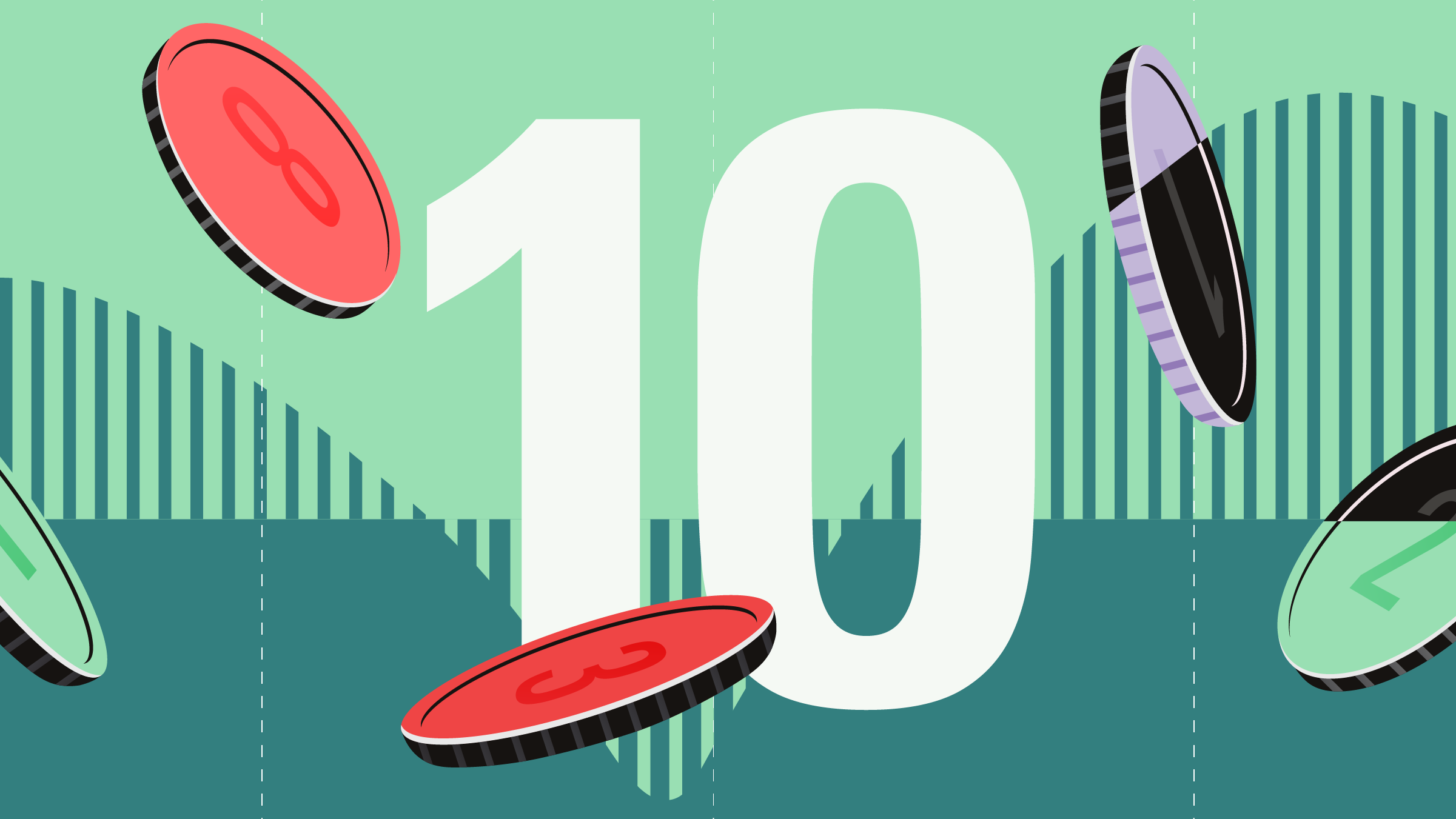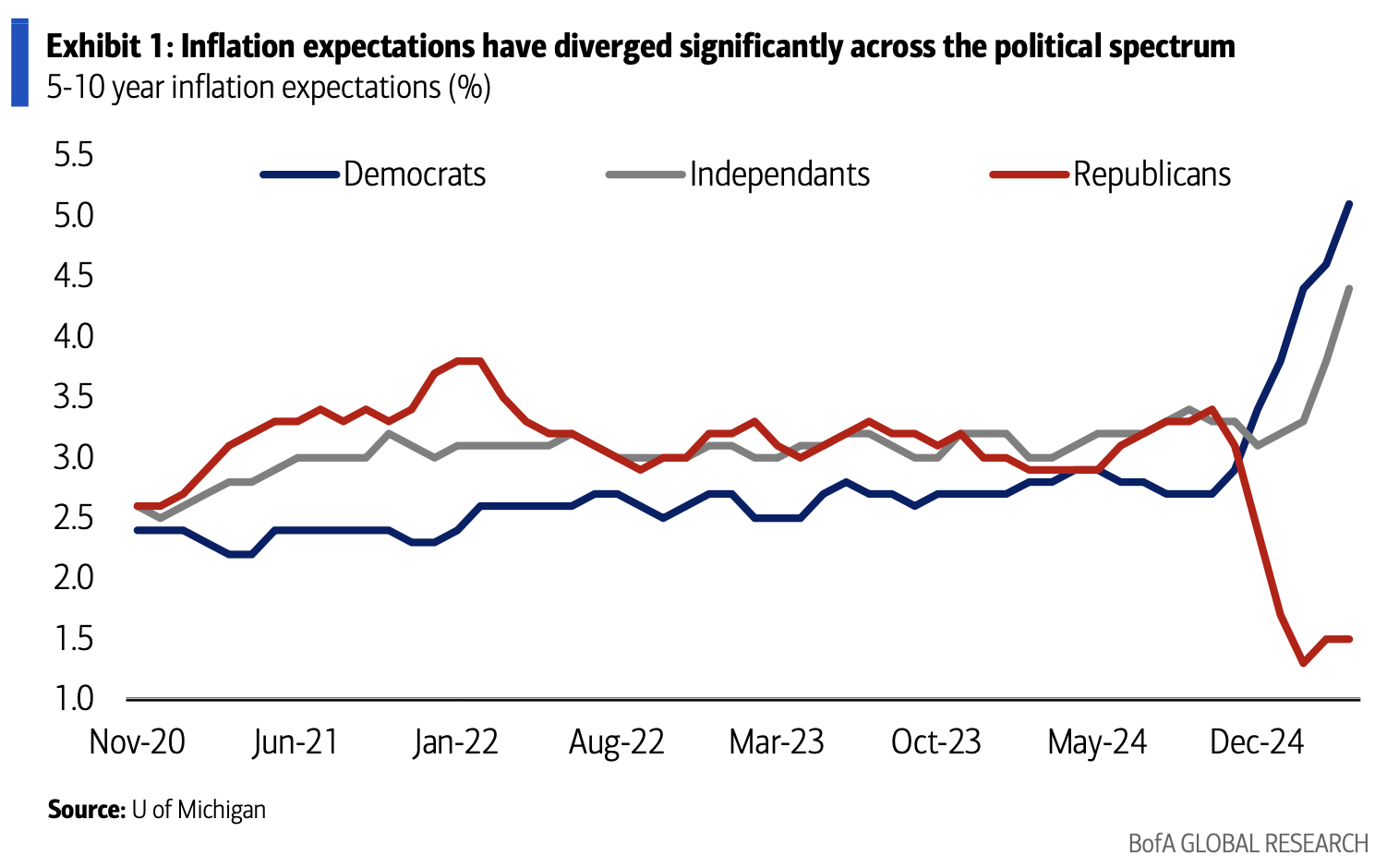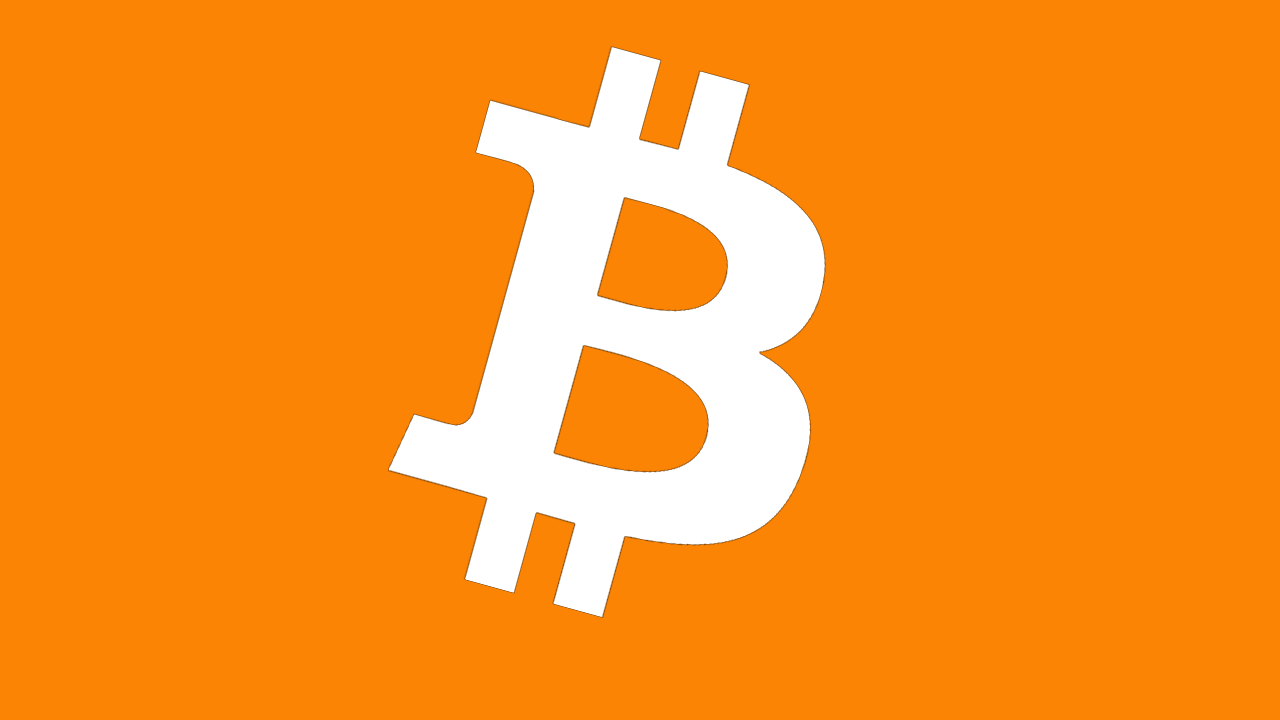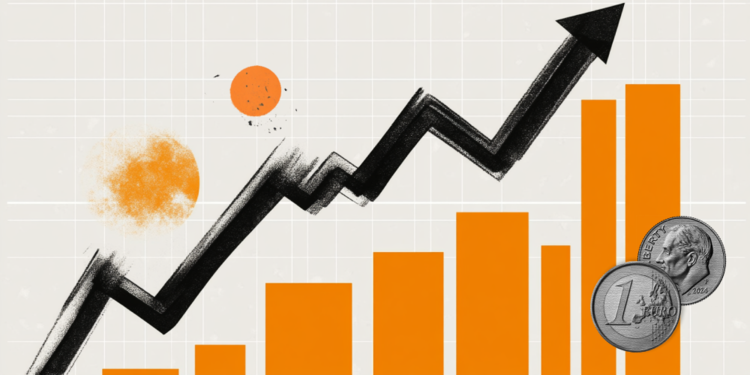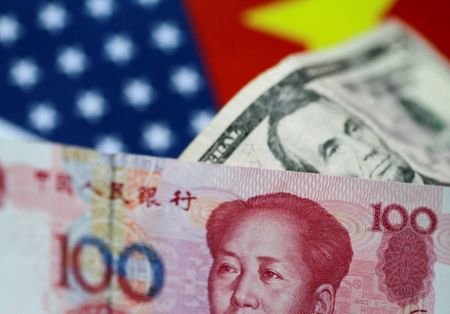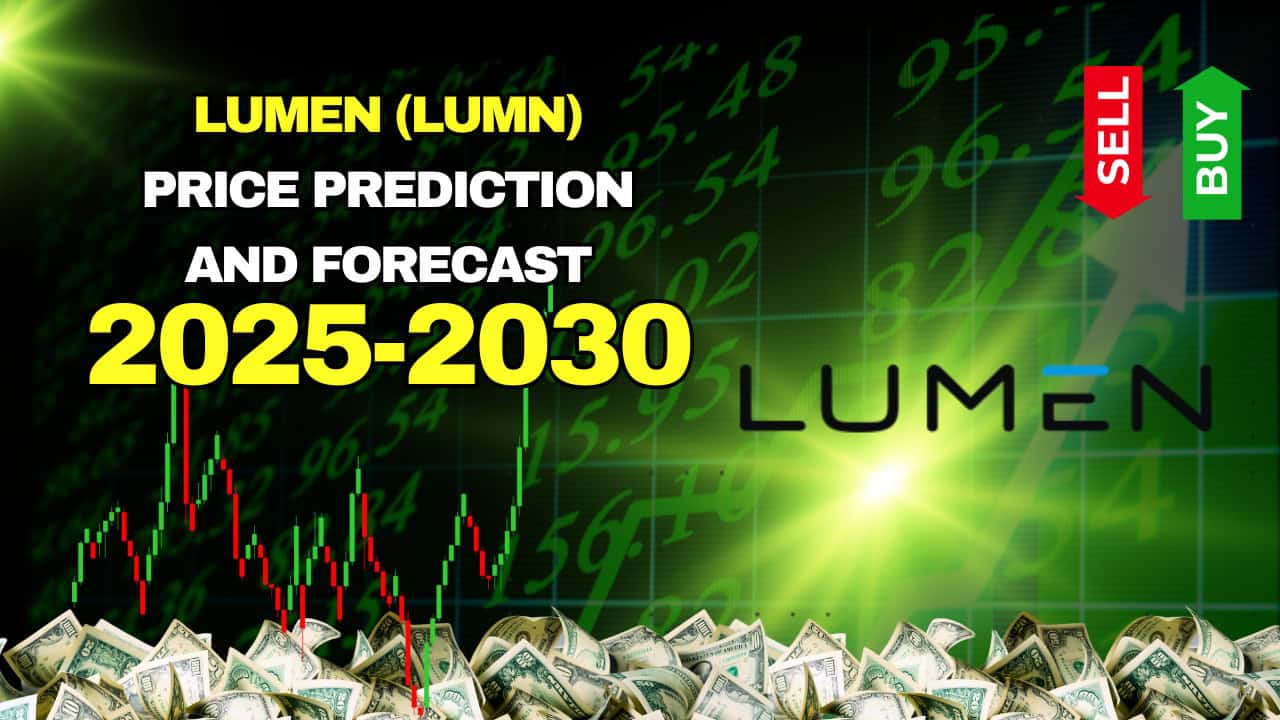I have invested in dividends for 25 years—Here is why I like JEPQ more than SCHD
During the past 25 years, I have grown my portfolio steadily and achieved excellent results with fairly low volatility. Individual stocks have contributed to my success, but I have also tapped into exchange traded funds (ETFs) like the JPMorgan Nasdaq Equity Premium Income ETF (NASDAQ:JEPQ) the Schwab U.S. Dividend Equity ETF (NYSEARCA:SCHD) for premium income […] The post I have invested in dividends for 25 years—Here is why I like JEPQ more than SCHD appeared first on 24/7 Wall St..

Key Points
-
The JPMorgan Nasdaq Equity Premium Income ETF (JEPQ) and the Schwab U.S. Dividend Equity ETF (SCHD) both invest in roughly 100 solid, diversified businesses.
-
However, high yield seekers should prioritize the JEPQ ETF over the SCHD ETF.
-
Are you ahead, or behind on retirement? SmartAsset’s free tool can match you with a financial advisor in minutes to help you answer that today. Each advisor has been carefully vetted, and must act in your best interests. Don’t waste another minute; get started by clicking here.(Sponsor)
During the past 25 years, I have grown my portfolio steadily and achieved excellent results with fairly low volatility. Individual stocks have contributed to my success, but I have also tapped into exchange traded funds (ETFs) like the JPMorgan Nasdaq Equity Premium Income ETF (NASDAQ:JEPQ) the Schwab U.S. Dividend Equity ETF (NYSEARCA:SCHD) for premium income generation opportunities.
Here’s a pro tip: much of my wealth over the years has come from high-yield ETFs like JEPQ and SCHD. These, quite frankly, are two of the best income-focused ETFs available today.
However, a quarter-century of investing has taught me that some funds have advantages over others. So, let me share with you the reasons I prefer the JPMorgan Nasdaq Equity Premium Income ETF over the Schwab U.S. Dividend Equity ETF.
Big Businesses You’ll Recognize
I like to apply a “safety through diversification” principle in my investment approach; this is how I’ve mitigated volatility for 25 years. As it turns out, both the JPMorgan Nasdaq Equity Premium Income ETF and the Schwab U.S. Dividend Equity ETF provide a layer of safety through diversification.
Indeed, both of these funds include roughly 100 holdings and you’ll surely recognize some of the names. Starting with the JPMorgan Nasdaq Equity Premium Income ETF, its 109 holdings are mainly technology-centered since the fund’s benchmark index is the NASDAQ 100.
According to the fund’s literature, the JEPQ ETF comprises a “fundamentally driven equity portfolio of U.S. large cap stocks.” Within this ETF, you’ll find famous NASDAQ 100 mainstays like Microsoft (NASDAQ:MSFT), NVIDIA (NASDAQ:NVDA), Apple (NASDAQ:AAPL), Amazon (NASDAQ:AMZN), and Meta Platforms (NASDAQ:META).
Sure, the JPMorgan Nasdaq Equity Premium Income ETF is very tech-heavy, but large-cap technology stocks have performed well over the past 25 years. Hence, I can’t really complain about the composition of this fund’s portfolio.
Meanwhile, the Schwab U.S. Dividend Equity ETF has 103 stocks in its portfolio and the fund tracks the Dow Jones U.S. Dividend 100 Index. Consequently, the SCHD ETF isn’t as technology-heavy as the JEPQ ETF.
Just like with the JPMorgan Nasdaq Equity Premium Income ETF, you’ll find plenty of recognizable names within the Schwab U.S. Dividend Equity ETF. Glance at the fund’s top 10 holdings and you’ll find technology firm Cisco Systems (NASDAQ:CSCO), beverage purveyor Coca-Cola (NYSE:KO), energy giant Conoco Phillips (NYSE:COP), home improvement specialist Home Depot (NYSE:HD), and defense contractor Lockheed Martin (NYSE:LMT).
A Reliable Way to Achieve Yield
You’ll achieve diversification across a range of rock-solid businesses with the JPMorgan Nasdaq Equity Premium Income ETF and the Schwab U.S. Dividend Equity ETF. All in all, both of the funds provide layers of safety and can mitigate market volatility.
One aspect that differentiates the two funds, though, is the way they generate income. The Schwab U.S. Dividend Equity ETF delivers income the old-fashioned way: by investing in stocks that pay good dividends.
It’s a simple, straightforward approach. SCHD achieved its trailing 12-month distribution yield of 3.72% by investing in high-quality businesses that pay consistent dividends.
Furthermore, the Schwab U.S. Dividend Equity ETF takes very small management fees. Specifically, the SCHD ETF’s annual expense ratio is ultra-low at just 0.06%. When those low fees are taken out, the fund’s shareholders can expect to net an annual yield of 3.72% – 0.06% or 3.66%, which isn’t too shabby at all.
Extracting More Yield Through Options
I won’t complain about the Schwab U.S. Dividend Equity ETF’s yield. On the other hand, after many years of investing I’ve learned that higher yields can build wealth powerfully over the long run.
In this regard, the JPMorgan Nasdaq Equity Premium Income ETF beats the Schwab U.S. Dividend Equity ETF. Impressively, the JEPQ ETF’s 12-month rolling dividend yield is 11.01%.
Granted, the JPMorgan Nasdaq Equity Premium Income ETF’s annual expense ratio of 0.35% is higher than the Schwab U.S. Dividend Equity ETF’s 0.06% expense ratio. Still, JEPQ wins the yield game overall with a post-fees annual yield of 11.01% – 0.35% or 10.66%.
The JPMorgan Nasdaq Equity Premium Income ETF achieves this eye-catching yield by selling NASDAQ 100 index covered call options. This is a sophisticated way to extract regular, dividend-like income in addition to the dividends that companies like Microsoft and Apple already pay out.
This isn’t to suggest that the Schwab U.S. Dividend Equity ETF is “bad” in any way. To be sure, the SCHD ETF’s more traditional dividend-harvesting approach has worked well over the long term.
That said, I prefer the way the JPMorgan Nasdaq Equity Premium Income ETF harvests traditional dividends while also deploying complex options strategies to provide even more yield. Even after the higher management fees are taken out, JEPQ offers significantly greater yield than SCHD without sacrificing the safety factor. Thus, while both funds are worth investigating, the JEPQ ETF offers a yield edge that income seekers shouldn’t overlook.
The post I have invested in dividends for 25 years—Here is why I like JEPQ more than SCHD appeared first on 24/7 Wall St..







